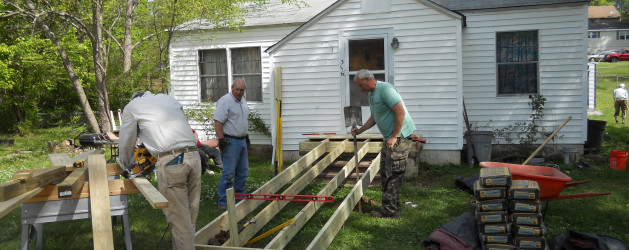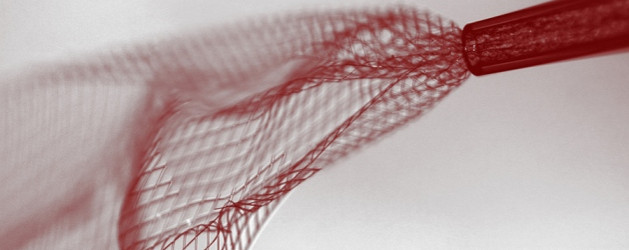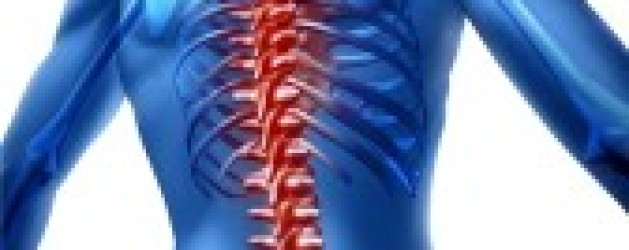Brain injury and/or Spinal Cord injury patients frequently require home revisions and repairs. When they are initially released from the hospital usually their primary residence has physical obstacles. Additionally, as time goes on, frequent changes will have to occur in their environment as their abilities and needs evolve.
VID_20160418_101134
Brain injury or spinal cord injury patient living in a place with stairs will need a ramp for ease of access. The ramp structure must meet local codes to allow ease of entry and exit from their residence. This is one of the types of assistance Carpenter’s Hands provides cost free for disadvantaged individuals residing in Jefferson County. This ministry is primarily comprised of Christian volunteers. They realize that they can not solve the major world issues on their own. However they can reach out and solve one individual’s problem. This approach ensures having a positive impact on someone’s life and well being. They only ask for a display of appreciation in the form of a Simple Smile and Thank You.
John Luther is the Director of Operations for Carpenter’s Hands. John is responsible to select, plan, schedule and execute all of the projects this organization schedules. He accompanies a team of volunteers, varying in composition depending on the day of the week and extent of the project. John remains to direct and assist them throughout the duration of the project to ensure its completion fulfills the needs of the client.

Brain Injury and Spinal Cord Injury Patients Ramps
I recently had the opportunity to spend some time with some members of the Carpenter’s Hands at one of their projects. They were constructing a ramp for an individual suffering from Parkinson. He required a cane plus walker to stabilize himself as he slowly moved around his home.
This client also suffers from Post Polio syndrome, which affects individuals who contracted Polio when they were young. When Post Polio individuals enter their late 50’s, their muscles begin to slowly weaken and break down. This makes it exceedingly difficult to utilize their legs as they age.
The combination of Parkinson with Post Polio means it is inevitable that he will shortly end up relying on a wheelchair to get around. This individual currently requires assistance from a friend or the fire department to get up and down his front steps. In the near future a wheelchair ramp will be a mandatory requirement with the proper sloping angle and turn around space.
Carpenter’s Hands plays a critical role in the everyday quality of life for an individual in need. Irrespective of their financial ability to afford the needed building changes to their home.

Construction of the Entry landing with sufficient room to accommodate a wheelchair and helper.
Adding the ramp with a slope so it can effectively handle a wheelchair

Reinforcing the ramp structure to stabilize and allow the addition of rails
Once the ramping is completed, the rails are pickup from a cabinet shop that donates them to the ministry. This organization relies on volunteers to build the projects from the community. They do need monetary donations and/or building materials to continue providing their services.
During a break in construction, one of the volunteers told me about a small project they initially undertook. This project evolved into something far more critical and extensive as they began working on it:
Carpenter’s Hands was contacted by a 99 year old woman, who was unable to close the front door of her home. When they arrived at her home, they saw that she was living in a Coal Miner’s Camp House. These were constructed in the late 1800’s in Mulga and Ensley, Alabama. The homes were a mass development of identical construction. Four rooms, with a fireplace in the center of the home to provide heating. She had been born in this home and lived her entire life here. The interior of the home was immaculate and her yard displayed the pride she took of maintaining the property.

Miner’s Home Mulga, Alabama
Due to her inability to close the door, she had backed the front room couch up to it. In an attempt to keep intruders out, she had been sleeping on that couch for the last couple of years.

Miner’s Home Camp Ensley, Alabama
Although she had lived in this well maintained property, she was concerned. There were elements in the area that gave her an uncomfortable feeling. As the team began to remove the siding around the door , they were confronted with extensive termite damage. They decided to determine the extent of the termite infestation and ended up exposing the entire front of the home. What they found was that the termites had eaten away the entire support structure except for two 2×4’s. So the roof was on the verge of collapsing down, which would totally demolish the home.
Carpenter’s Hands made a decision to delay the other projects currently on their schedule and completely rebuild the front of the home. To the individuals involved in this ministry the cost and physical labor were secondary considerations. When viewing the need of this one individual – a 99 year old woman living alone in the home she was born and raised in. As they expressed to me, ‘We know we can have very little impact on the major problems in the world, but we can have a positive impact on one person’s issues, so we try to solve one problem at a time.’
To contact: Carpenter’s Hands a ministry of Canterbury United Methodist Church




